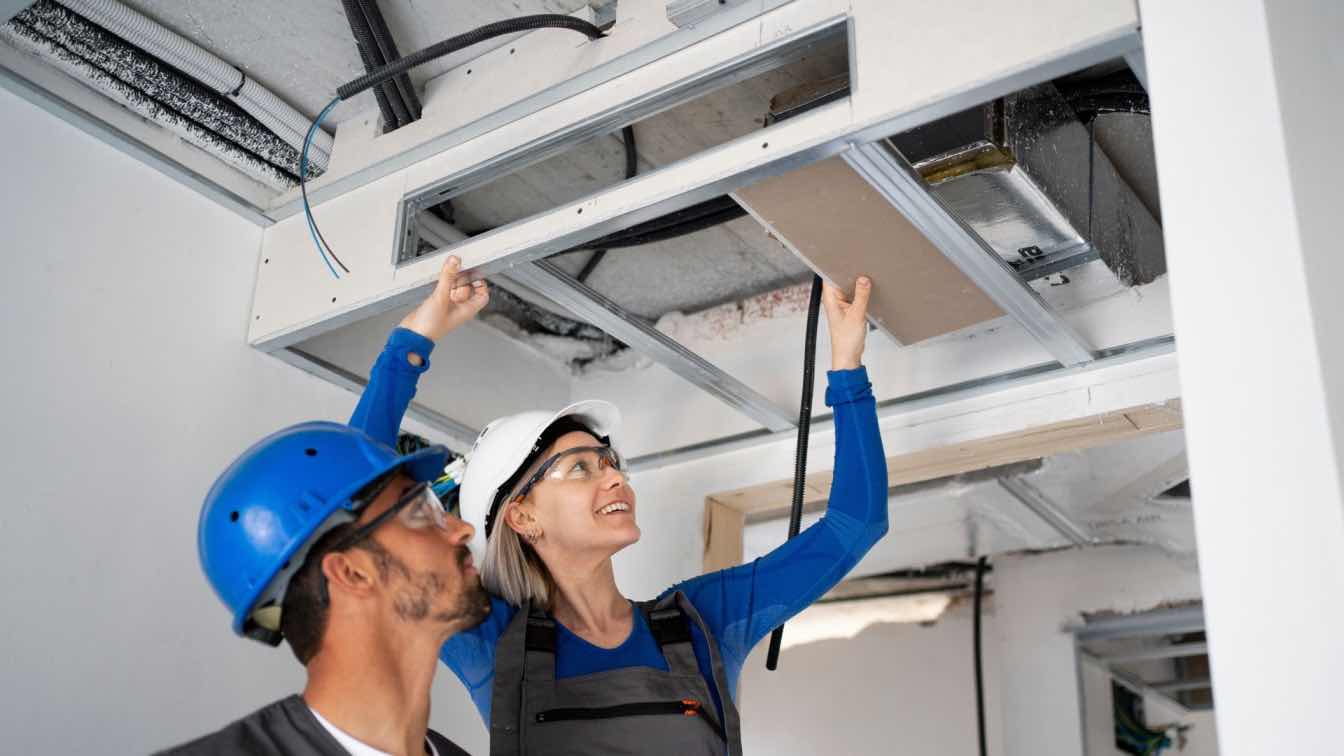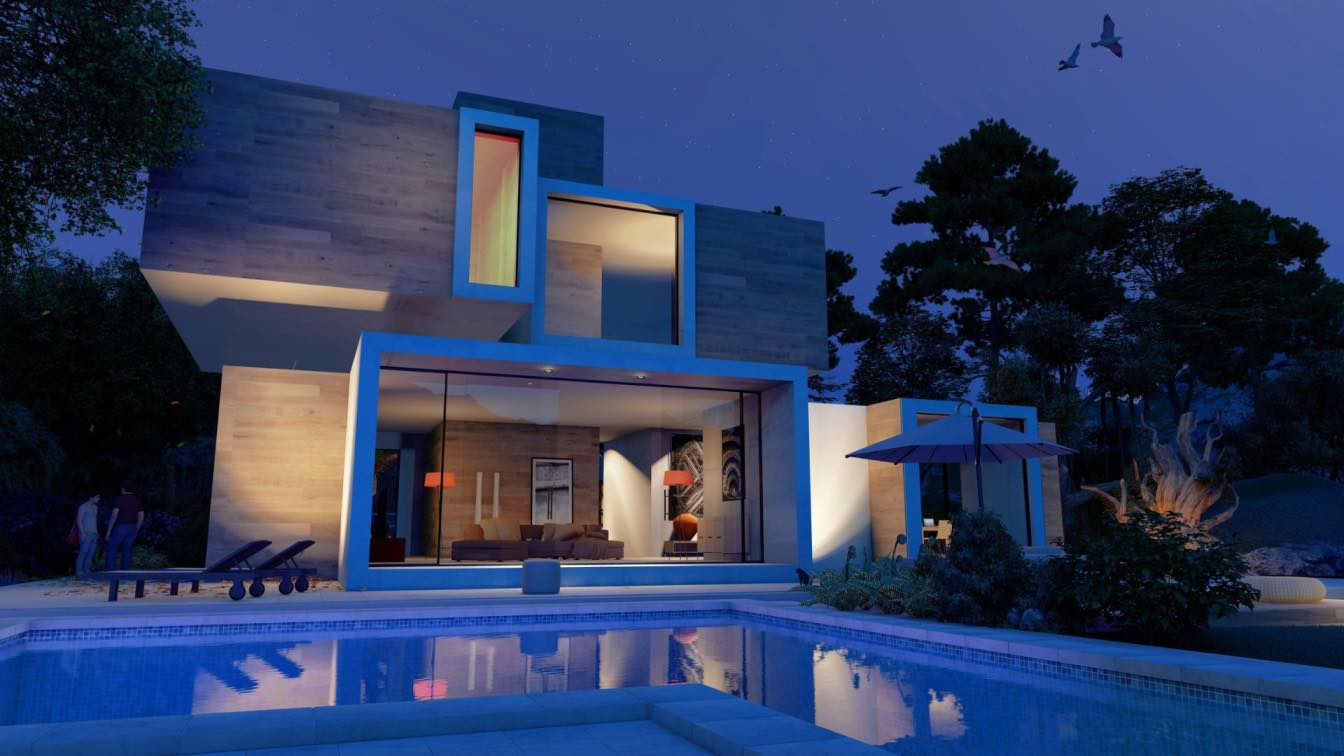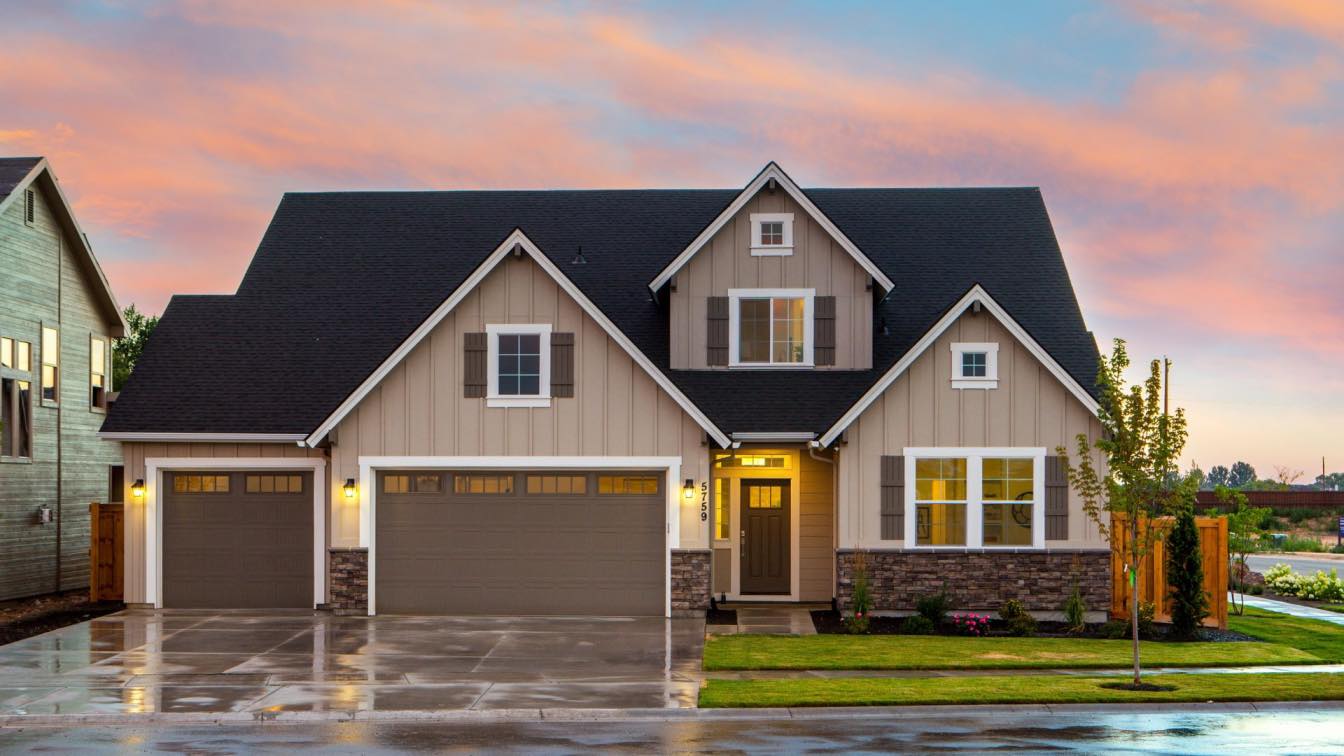Creating a comfortable indoor environment isn't just about maintaining a pleasant temperature; it's about ensuring that occupants feel at ease, productive, and healthy. Achieving this balance requires careful consideration of various factors, with HVAC systems playing a crucial role in regulating indoor climate conditions. In this comprehensive guide, we'll delve into the intricacies of HVAC system installations to help you navigate the process effectively and optimize indoor environments for comfort and well-being.
Understanding Indoor Climate Comfort
Indoor climate comfort encompasses more than just temperature control. It involves a harmonious balance of factors such as temperature, humidity, air quality, and air movement. Factors like occupant preferences, clothing, activity levels, and even psychological aspects contribute to the perception of comfort. HVAC systems are pivotal in maintaining these parameters within acceptable ranges to create a comfortable indoor environment conducive to occupant well-being and productivity. Find more information at https://envirosmartsolution.com/.
Assessing HVAC Needs
Before diving into HVAC system installations, it's essential to conduct a thorough assessment of the building's requirements. This involves determining heating and cooling load calculations, assessing ventilation needs for adequate air exchange, and evaluating energy efficiency considerations. By understanding the unique needs of the space, you can tailor the HVAC system to provide optimal performance while minimizing energy consumption and operational costs.
Types of HVAC Systems
There are various types of HVAC systems available, each with its own set of advantages and disadvantages. Standard options include split systems, packaged systems, and ductless mini-splits. The choice of system depends on factors such as building size, layout, climate conditions, and budget constraints. Selecting the most suitable HVAC system type is crucial for achieving desired comfort levels while maximizing energy efficiency and operational reliability.
Selecting HVAC Components
Choosing the right HVAC components is integral to the overall performance and efficiency of the system. From heating and cooling equipment to ventilation systems and control devices, each element plays a vital role in maintaining indoor climate comfort. Factors such as energy efficiency ratings, compatibility with the chosen system type, and adherence to building codes should be carefully considered during the selection process.
Sizing and Layout Considerations
Proper sizing and layout of HVAC components are essential for ensuring optimal performance and efficiency. Oversized or undersized equipment can lead to inefficient operation, increased energy consumption, and compromised comfort levels. Calculating heating and cooling loads accurately, designing ductwork for optimal airflow, and strategically placing HVAC components are critical steps in achieving an efficient and effective system layout.
Installation Best Practices
Installing an HVAC system requires expertise and precision to ensure reliable operation and compliance with safety standards. Hiring qualified HVAC contractors who are familiar with local building codes and regulations is essential. Proper installation techniques, including equipment placement, ductwork installation, and system testing, are crucial for minimizing potential issues and maximizing the longevity of the system.
Energy Efficiency and Sustainability
In an era of growing environmental awareness, energy efficiency and sustainability are paramount considerations in HVAC system installations. Implementing strategies such as insulation, duct sealing, and the integration of renewable energy sources can significantly reduce energy consumption and greenhouse gas emissions. By prioritizing energy-efficient practices and materials, HVAC systems can contribute to a more sustainable built environment.
Maintenance and Operation
Regular maintenance is critical to prolonging the lifespan and efficiency of HVAC systems. Developing a comprehensive maintenance schedule that includes tasks such as filter replacement, coil cleaning, and system inspections can help prevent costly repairs and ensure optimal performance. Additionally, educating occupants on efficient operation practices can further enhance energy savings and comfort levels.
Adaptations for Specific Environments
Different environments may have unique HVAC requirements based on factors such as occupancy patterns, air quality standards, and regulatory compliance. Residential, commercial, industrial, and specialized environments like healthcare facilities or data centers each present distinct challenges and considerations in HVAC system design and operation. Tailoring HVAC solutions to meet the specific needs of these environments is essential for achieving optimal indoor climate comfort.
Future Trends in HVAC Technology
The HVAC industry is continually evolving with advancements in technology aimed at improving efficiency, comfort, and sustainability. Emerging technologies such as smart thermostats, variable refrigerant flow systems, and predictive maintenance algorithms hold the promise of further enhancing indoor climate control while reducing energy consumption and environmental impact. Staying informed about these trends can help stakeholders make informed decisions when investing in HVAC system installations for the future.
Conclusion
Navigating HVAC system installations requires careful planning, attention to detail, and a commitment to delivering optimal indoor environments for occupants. By understanding the principles of indoor climate comfort, assessing HVAC needs accurately, selecting suitable components, and adhering to best practices in installation, maintenance, and operation, stakeholders can create spaces that prioritize comfort, energy efficiency, and sustainability. As the HVAC industry continues to evolve, embracing emerging technologies and sustainable practices will be instrumental in shaping the future of indoor climate control.





